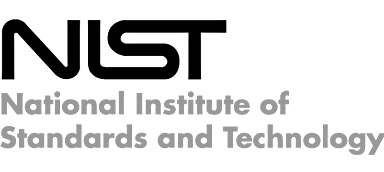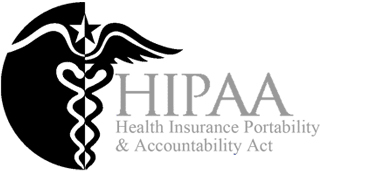April 2023 Tech Times
Understanding Cyber Security Compliance Standards
There is an endless number of things a business owner should do for their business to be successful. They must develop a product or service that can attract customers, hire and train a team to oversee day-to-day operations, implement marketing strategies and so much more. While all these tasks are essential for your business to be profitable, your business will never get off the ground if you aren’t compliant with standards that affect your industry.
Compliance standards are guidelines or rules that organizations must follow to meet legal, regulatory or industry requirements. These standards are designed to ensure organizations ethically conduct business – by protecting the rights and interests of their customers, employees and other stakeholders. When an organization does not maintain its compliance standards, it will be met with fines, legal action and other penalties.
Many compliance standards that apply to most organizations involve sensitive information protection. Here are a few examples.


The NIST is a nonregulatory agency of the United States Department of Commerce that promotes innovation and industrial competitiveness. As a business leader, you must be aware of the various cyber security standards and guidelines set by the NIST. One such standard is the NIST Cyber Security Framework, a voluntary framework that provides a way for organizations to better manage and reduce cyber security risks. It’s built on the following five core functions:
Identify
It’s vital to understand the organization’s cyber security risks, assets and the people responsible for them.
Protect
Implementing the necessary safeguards to protect the organization’s assets from cyberthreats can shield companies from increasing risks.
Detect
It’s important to detect when a security incident occurs. This function includes activities like monitoring network traffic and reviewing logs.
Respond
By responding to security incidents as they occur and containing the incidents, people can eradicate the threat and recover from it.
Recover
After a security incident does occur, organizations must know how to restore normal operations as well as their systems and data. This process often helps people understand the importance of implementing safeguards to ensure similar incidents do not occur in the future.

The compliance standards set by HIPAA are some of the most well-known as they pertain to protecting personal health information (PHI) in the United States. HIPAA requires covered entities, such as health care providers and health plans, to ensure the privacy and security of PHI. The Security Rule and the Privacy Rule are the two main sets of regulations under HIPAA that covered entities and their business associates must follow.
The Security Rule sets standards for protecting the confidentiality, integrity and availability of electronic PHI and requires covered entities and business associates to implement certain administrative, physical and technical safeguards. On the other hand, the Privacy Rule sets standards for the use and disclosure of PHI and gives individuals certain rights concerning their PHI – such as the right to access their PHI and the right to request their PHI be amended. Failure to comply with HIPAA can lead to significant financial penalties, reputational damage and, in some cases, the loss of a license to practice medicine.
Cybersecurity Maturity Model Certification (CMMC)
The CMMC is a relatively new set of compliance standards developed by the Department of Defense to protect Controlled Unclassified Information. The CMMC is mandatory for all DoD contractors and subcontractors that handle CUI. This is a tiered certification system with five levels of maturity. Each level has a specific set of practices and processes that organizations must implement to achieve certification.
As a business leader, you should be aware of the CMMC and the specific level your organization will need to achieve to comply with the DoD contract requirement. CMMC certification is audited and managed by a third party. Keep in mind that getting this certification will take ample time and effort. You’ll need to implement robust security protocols and practices that may not have been in place before.
